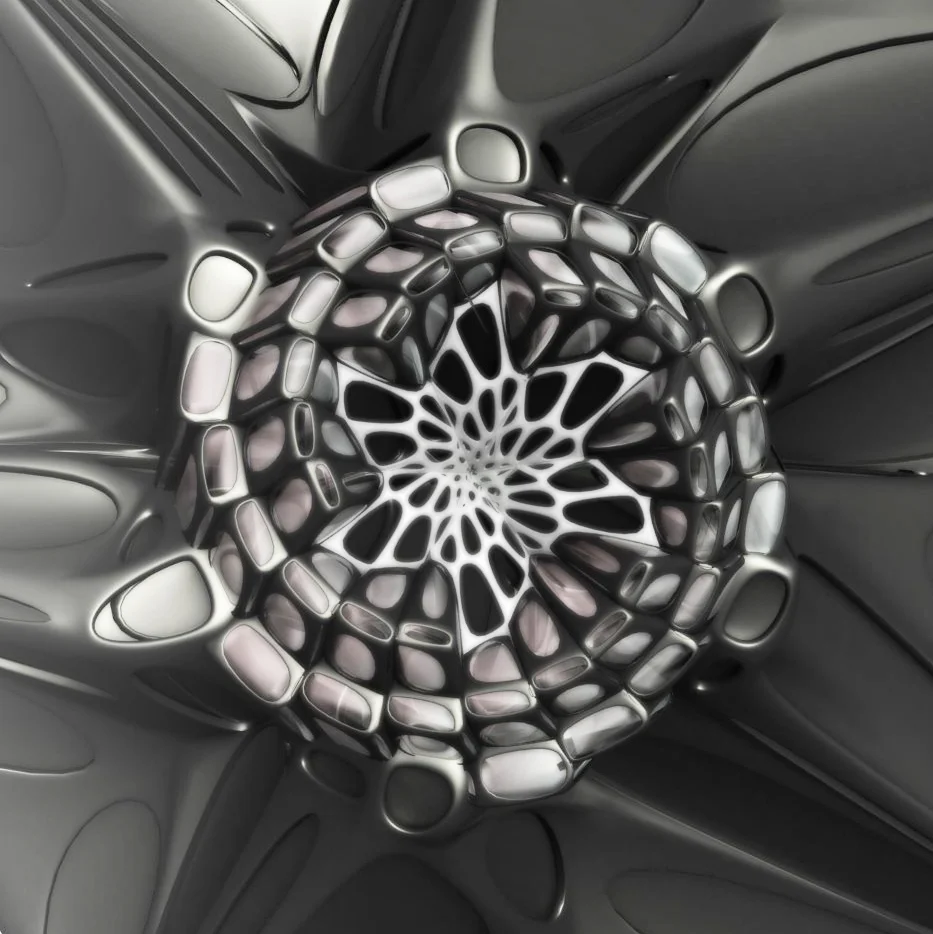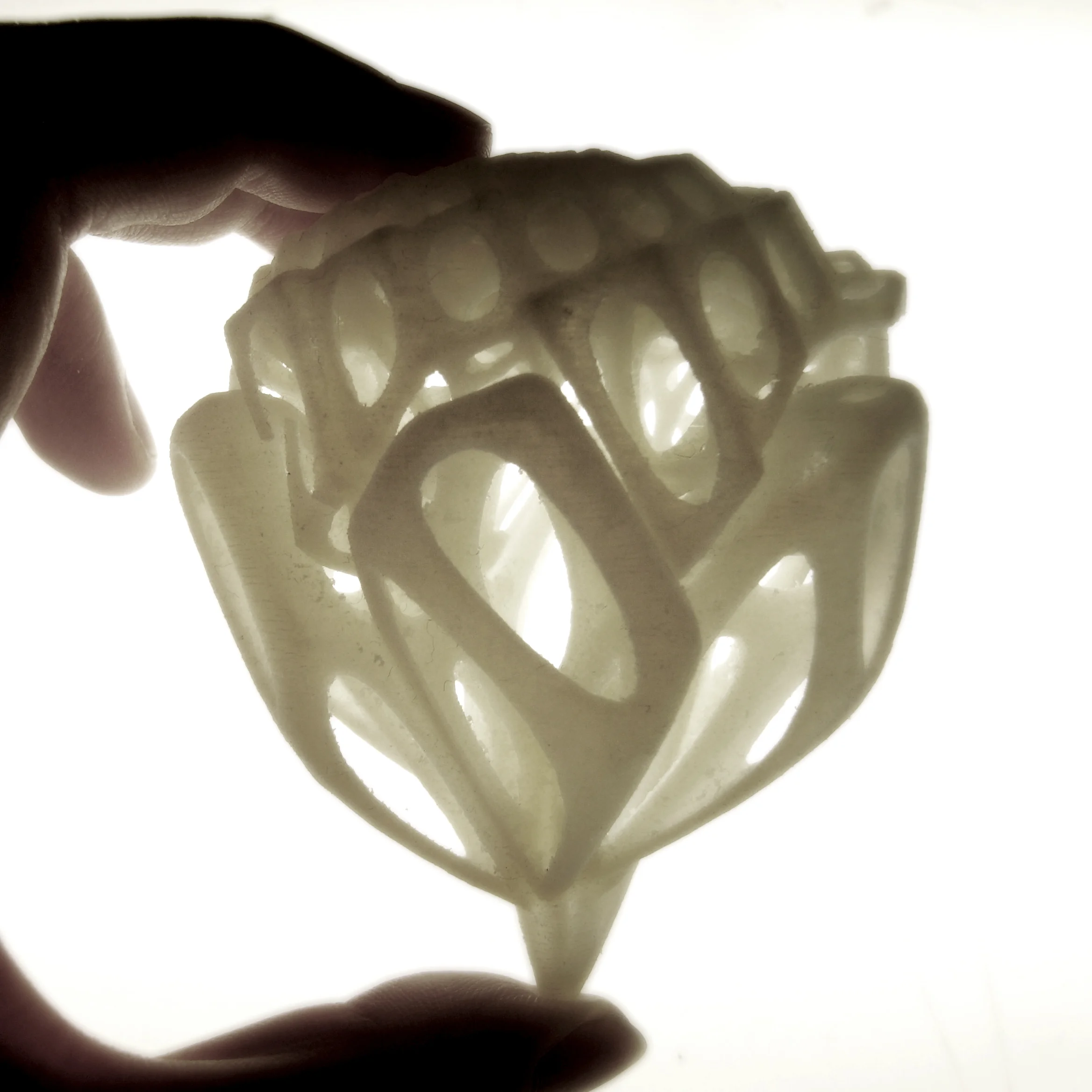Monocoque: High Altitude Eco-Lodge
_
The objective of the project is to research into intelligent survival mechanisms of living organisms and apply them to architecture. This research will aid the design of an ‘intellegent’ component system or prototype to be located in an extreme environment. It will have the potential to be mass produced and mass customized, not unlike the manufacturing and fabrication processes of the automobile. The monocoque, a continuous frame/skin system used in the racing industry for its incredible strength and lightness, is the structural system of choice in this project.
An altitude training and medical research facility is to be located on the second tallest summit in the world. Reaching an altitude of 6959 meters above sea-level, Mount Aconcagua in Mendoza, Argentina provides an ideal testing ground with extreme weather, temperature and harsh terrain.
The intelligent organism, a type of cushion plant known as the Yareta, is native to the Aconcagua region. It has the ability to retain dead biological matter for protection and insulation, generating a microclimate within itself. In addition, its spherical shape provides an efficient surface area to volume ratio that minimizes heat loss on the surface. Applying these survival mechanisms to architecture, an artificial canopy system is designed to provide the facility with sustainable energy through the close packing of insulated cells and the mimicry of photosynthesis.
The initial stages of design aimed to adapt two characteristics of the yareta; its spherical shape and the growth pattern of its leaves known as phyllotaxis. This formation can be replicated using the mathematical formula of the Golden Spiral which is in turn based on consecutive Fibonacci numbers. The formula is then computed into a parametric program that plots the points of the Golden Spiral. To translate the compactness and close packing of biological matter of the yareta, a Voronoi command is used to generate densely packed cells from the points, forming the components of the artificial canopy.
“This project is an experiment with digital tools. A combination of methods such as parametric modeling, rapid prototyping and animations are used to bring the project into realization.”














